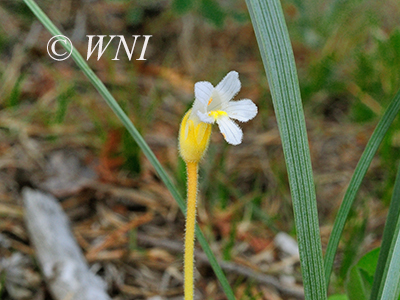| Orobanchaceae (Broomrape) |
The Orobanchaceae historically encompassed only ca. 15 genera and 210 species of holoparasitic plants. Recently, some taxonomists placed many hemiparasitic species from the family Scrophulariaceae in this family, thus expanding it to ca. 90 genera and 1,600 species. The Orobanchaceae are found in temperate and tropical regions of Eurasia, Africa, the Americas, Australia, and New Zealand. These are annual or perennial herbs or shrubs, parasitizing on the roots of other plants. The holoparasitic species lack chlorophyll. The hemiparasitic species can photosynthesize and exhibit green foliage. In the holoparasites the stems are short, and the leaves are reduced to fleshy scales. The flowers have a tubular calyx of 2-5 sepals, and a two-lipped yellowish, brownish, or white corolla of 5 petals; the upper lip is two-lobed, and the lower lip is three-lobed. The flowers are arranged in inflorescences (racemes or spikes) or grow singly. The fruit is a capsule.
 |
One-Flowered Broomrape (Orobanche uniflora) |
|
| Unauthorized use of our images is NOT permitted. | ||
| Hotlinking or "pinning" of our images to websites is STRICTLY PROHIBITED. | ||
| Copyright © Michael Patrikeev - All Rights Reserved | ||
| |
||





